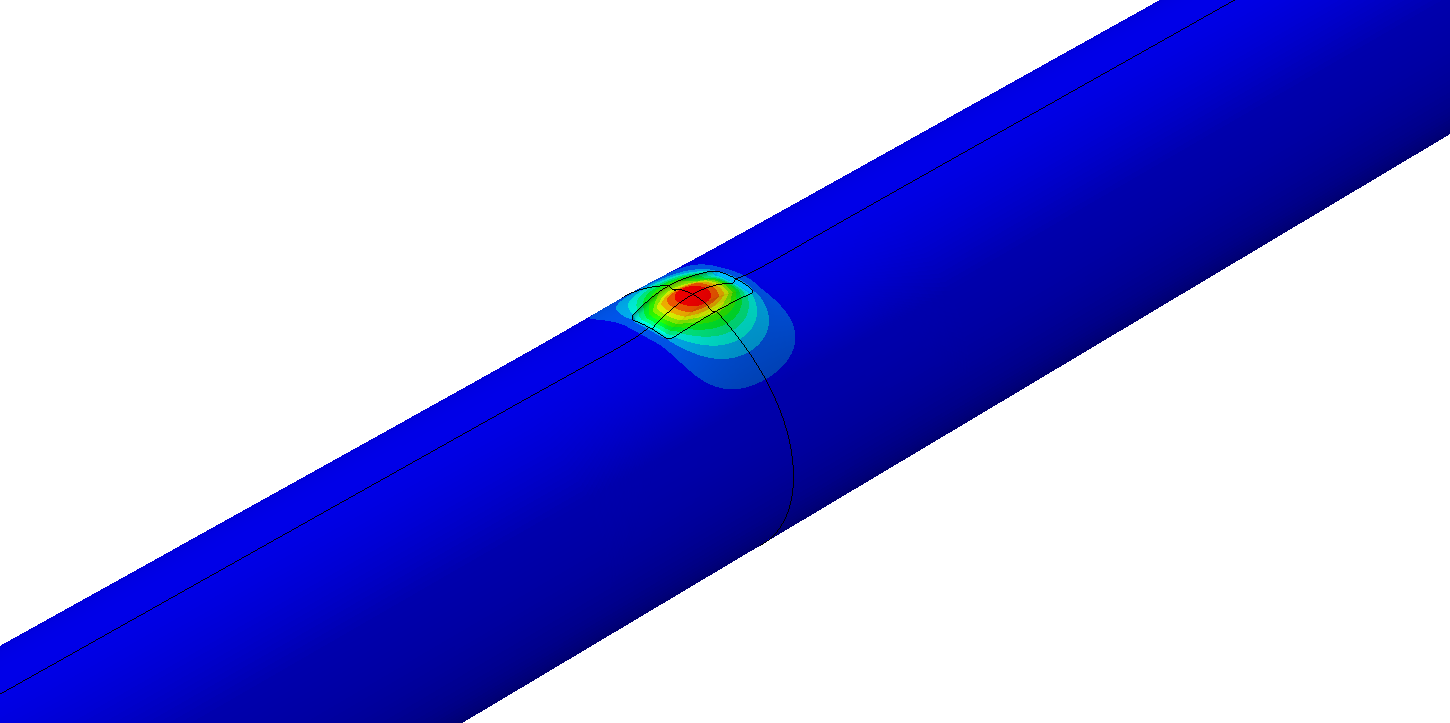
Across the United States, 2.6 million miles of pipeline transports goods such as petroleum and natural gas, according to the U.S. Department of Transportation. This critical infrastructure is regularly threatened by ground movements, landslides, mining operations and corrosion.
Paul Pianca, operations manager at the Center for Reliable Energy Systems (CRES) in Dublin, Ohio, works with his team to mitigate these threats and maintain pipelines’ structural integrity.
CRES provides technical solutions for the energy industry. Bringing together mechanical and materials expertise, engineers at CRES simulate the conditions affecting specific pipelines to determine optimal remediations for problem spots. This can be challenging when thousands of data points and calculations must run simultaneously to create an accurate simulation.
Corrosion, despite being one of the most significant threats to pipelines, is not fully understood. While engineers can identify corrosion, determining the threat level and appropriate fixes can be a challenge. This is where the Ohio Supercomputer Center (OSC) comes into play.

“On this project, we are studying when and how several nearby corrosion defects can interact with each other to be as harmful as one larger defect. This requires running thousands or even tens of thousands of different finite element analysis (FEA) cases,” Pianca said. “That’s a lot of computation that needs to happen. So, after getting the results, we can combine the data points for each case, and analyze them together to create a behavior model of how those interacting corrosion defects would affect the safe operation of a pipeline. We can provide that research to all operators across the U.S. to help increase the safety of the pipelines.”
Findings from CRES’ research are often used by large pipeline consortiums, such as the Pipeline Research Council International (PRCI).
CRES’ computational needs fluctuate based on its contracts and time of year, but OSC accommodates the variable workload by offering flexible, on-demand access that eliminates the need to maintain expensive supercomputing systems in house.
“OSC helps us modulate our computational needs as it changes week to week,” Pianca said. “On those big jobs that we accept, we can have a lot of computation, and they really help us find the answer that the industry needs.”
About OSC: The Ohio Supercomputer Center (OSC) addresses the rising computational demands of academic and industrial research communities by providing a robust shared infrastructure and proven expertise in advanced modeling, simulation and analysis. OSC empowers scientists with the services essential to making extraordinary discoveries and innovations, partners with businesses and industry to leverage computational science as a competitive force in the global knowledge economy and leads efforts to equip the workforce with the key technology skills required for 21st century jobs.